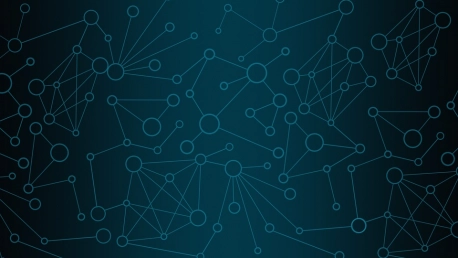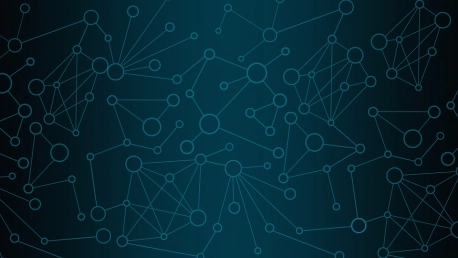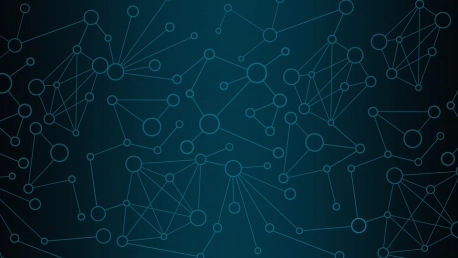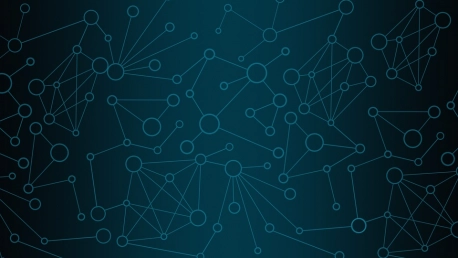
When it comes to networking, 2019 sounds promising. Several emerging technologies are expected to change how businesses and their employees connect. In a recent blog post from Cisco , Anand Oswal, the Senior VP of Cisco Enterprise Network Engineering, claims that: “Network operators will be

Apart from the constant need to improve their security policies, companies now face a new hurdle: GDPR compliant storage devices. As the new General Data Protection Regulation (GDPR) established that USB sticks with sensitive data are a business risk, new rules came into play forcing companies to

With more than nine billion devices currently in use around the world, Wi-Fi continues to have a major impact on everything, from home and office networking to Augmented/Virtual Reality (AR/VR) and the Internet of Things (IoT). Today, Wi-Fi plays a prominent role in the expanding communications

With a proliferation of laptops, smartphones, tablets and smart TVs, the need for a strong and fast connection is bigger than ever. While a single router may not be able to cover the entire office space, range extenders or access points which complement the network may come in handy. But having

Amazon has denied the recent reports that Amazon Web Services (AWS) plans to produce and sell switches to businesses and compete with Cisco and others in the commercial networking industry. Both Cisco and Amazon have thus formally denied the rumors that previously hit the stock of commercial

The market for Wide Area Network (WAN) solutions met an accelerated growth in 2014-2018, according to International Data Corporation (IDC) analysts. This happened mostly due to the increased demand for Software Defined WAN (SD-WAN) solutions, a niche that has recorded steady and sustained growth in